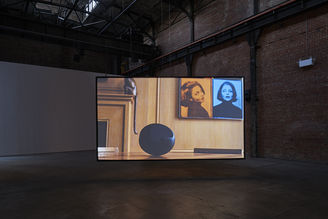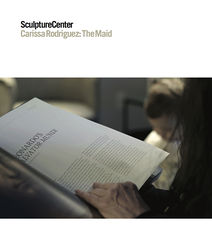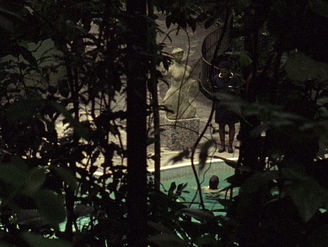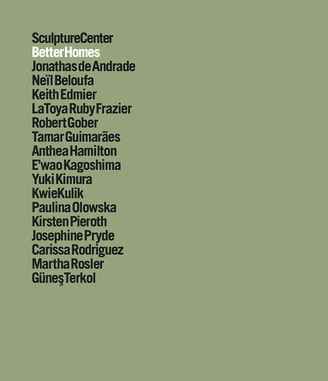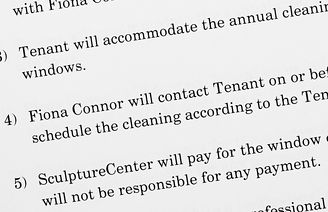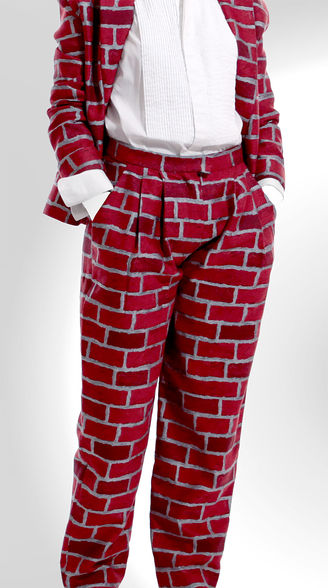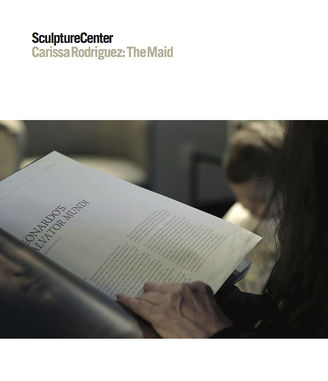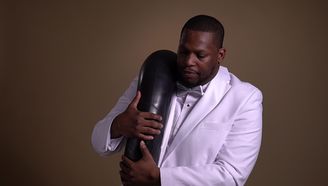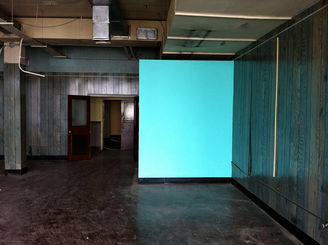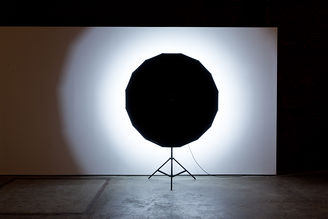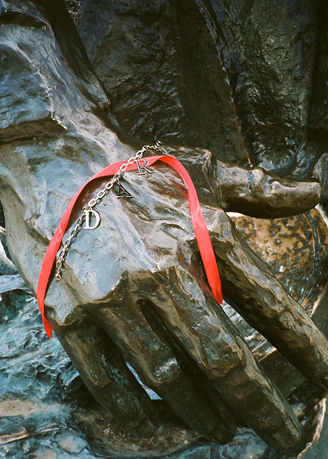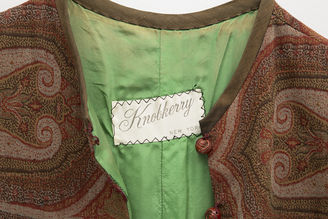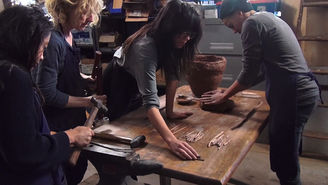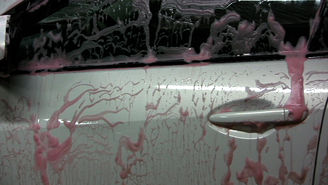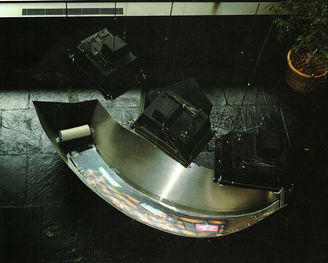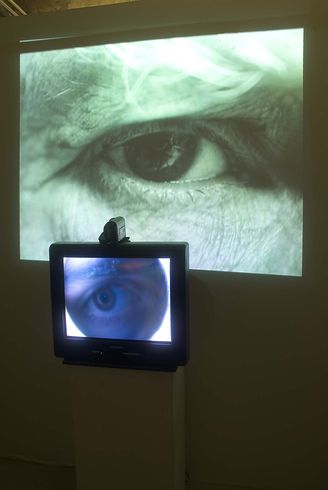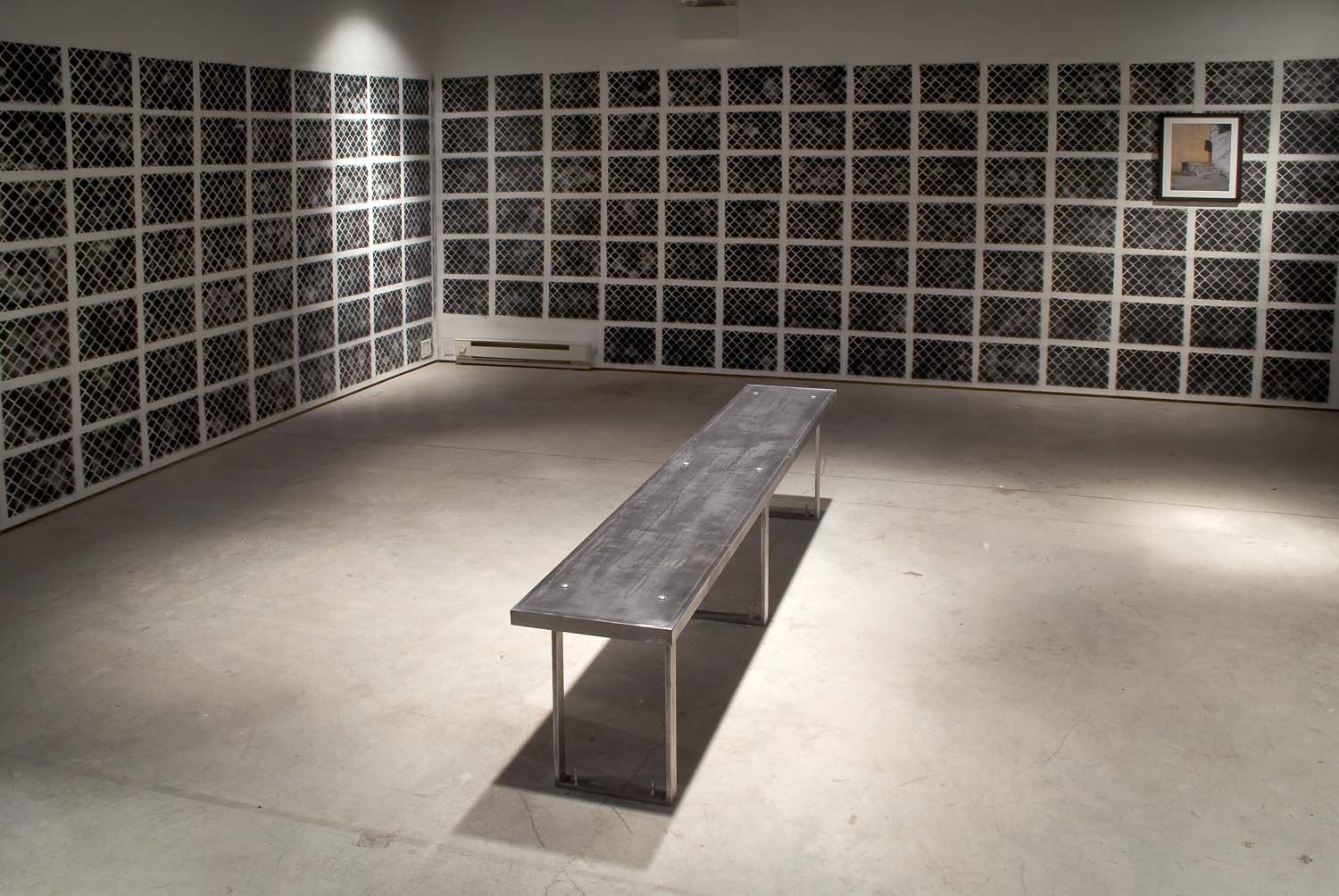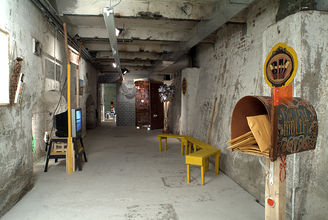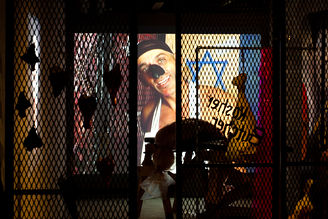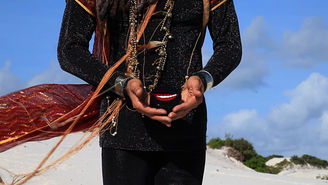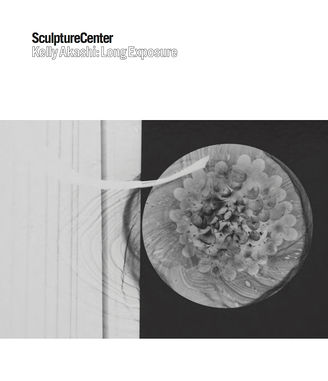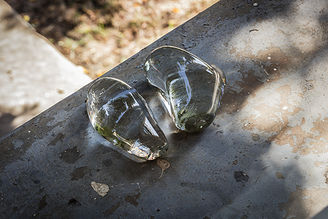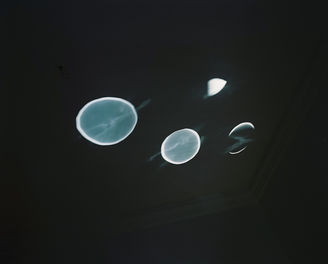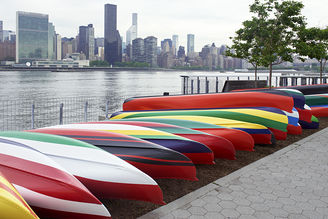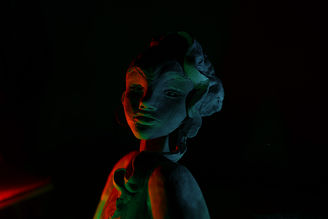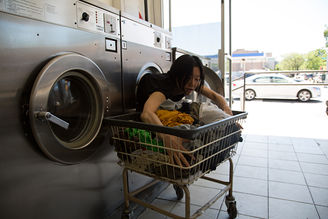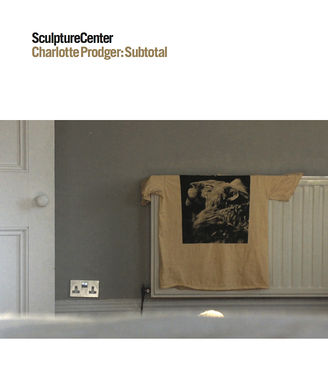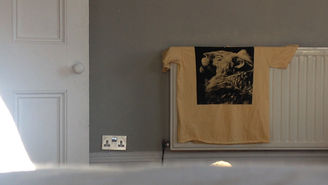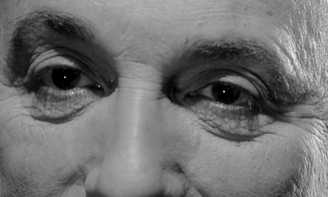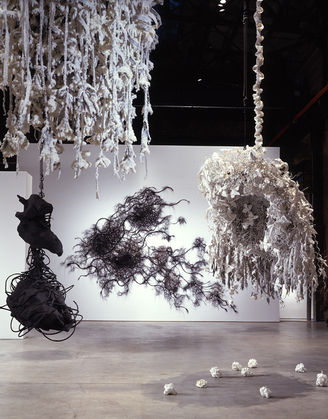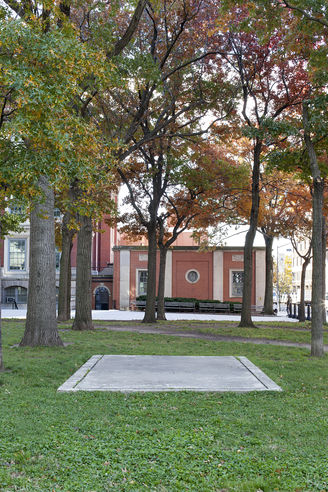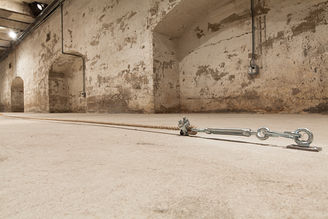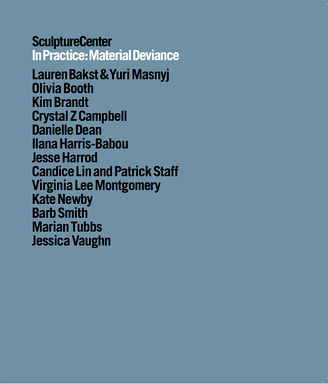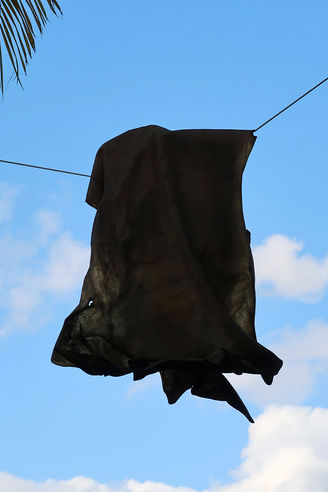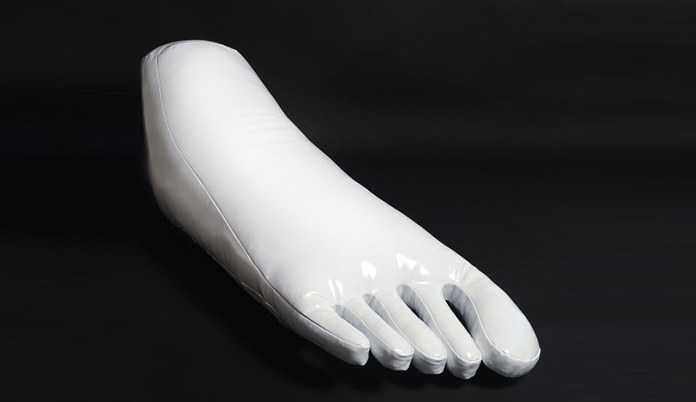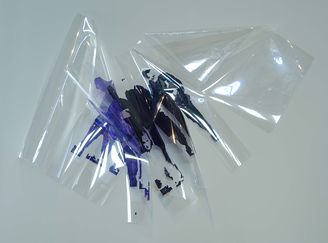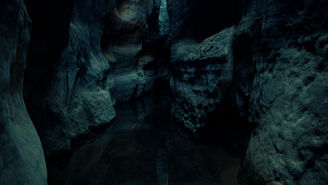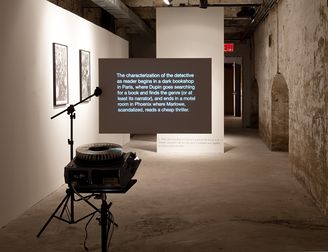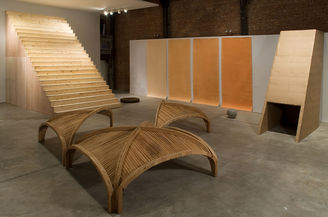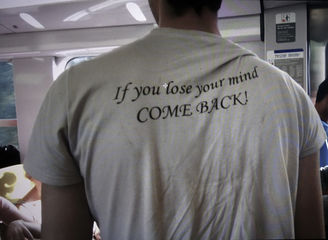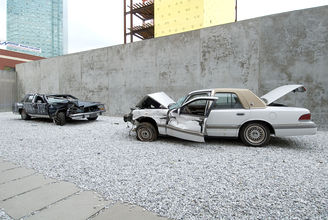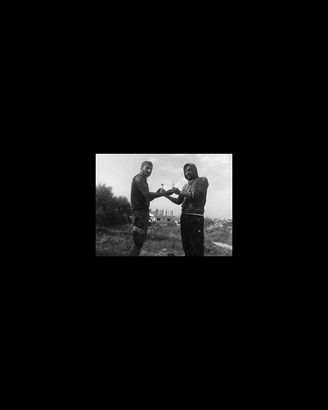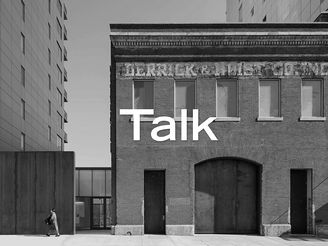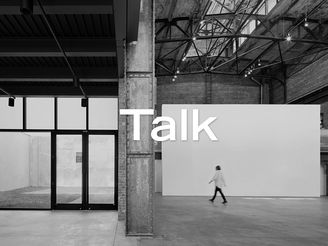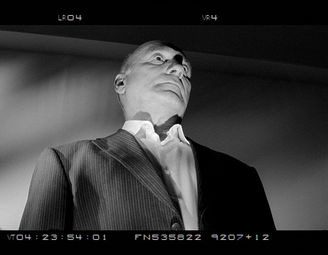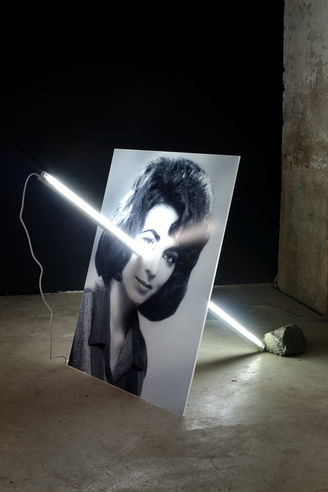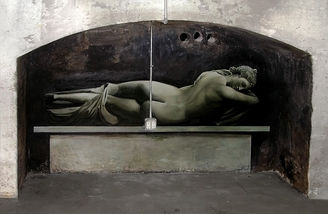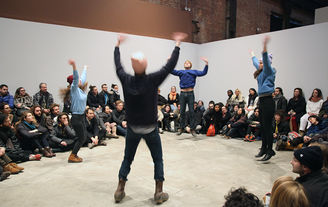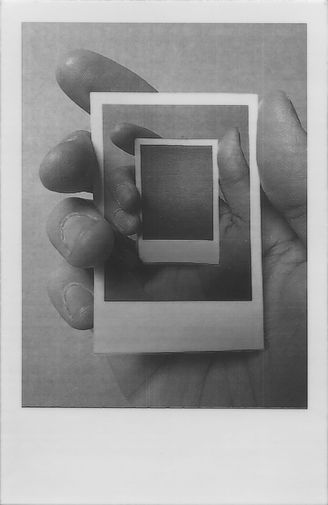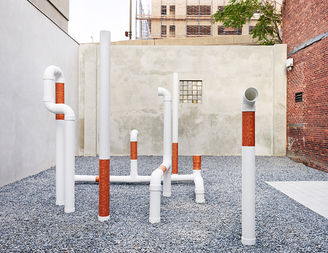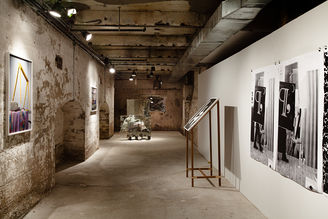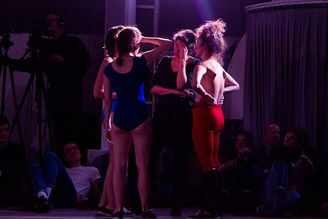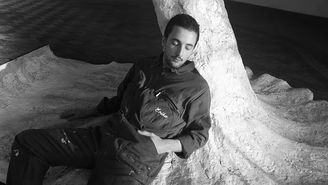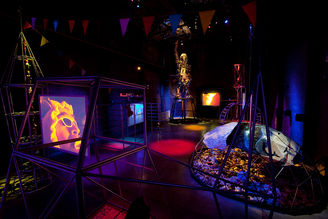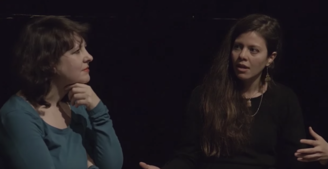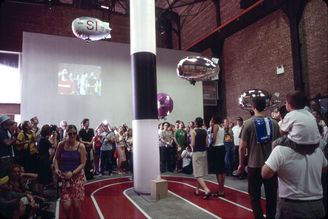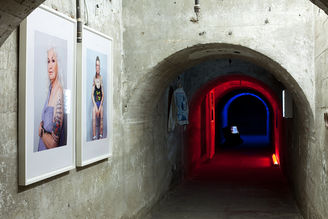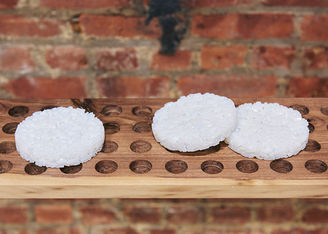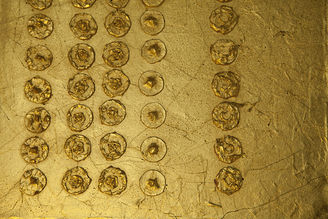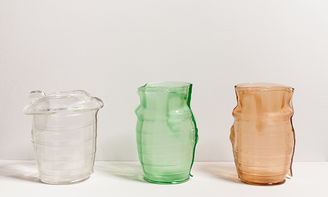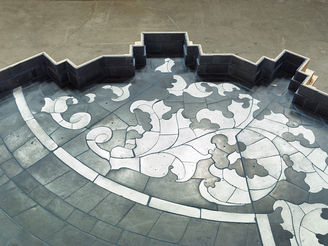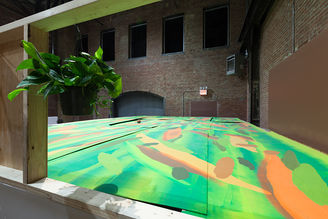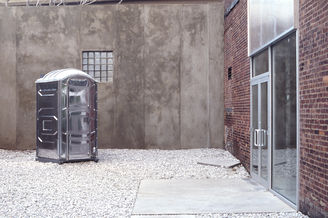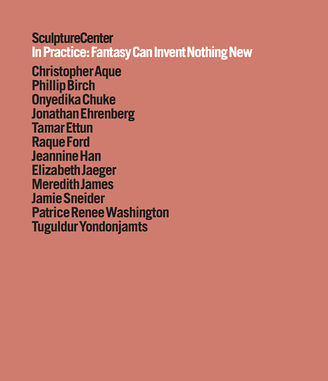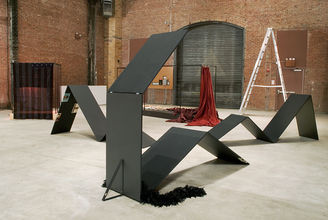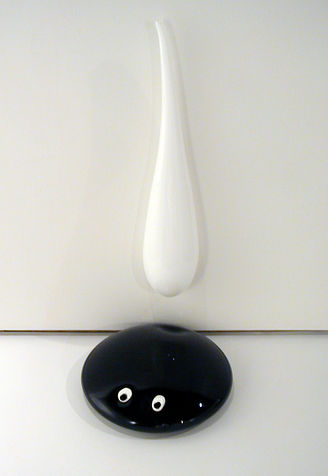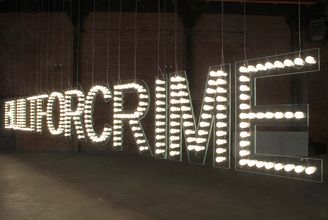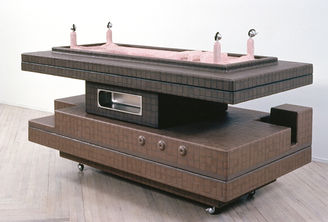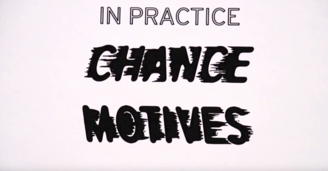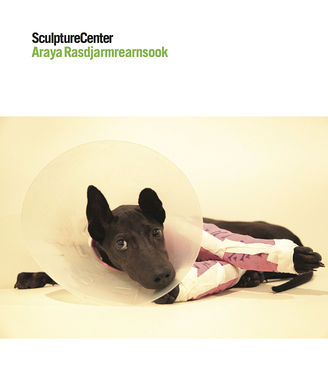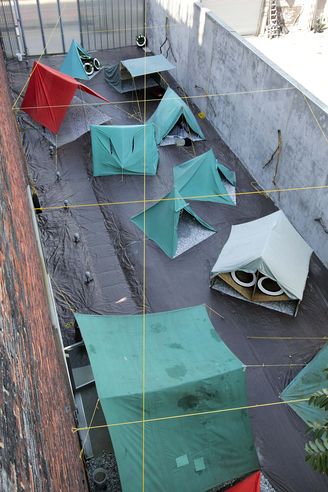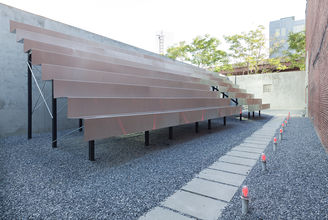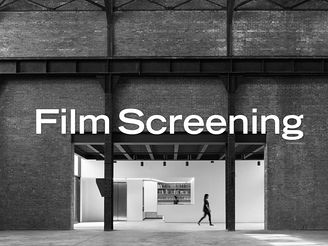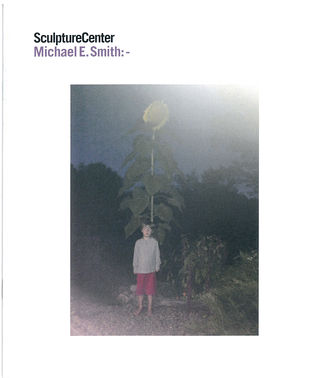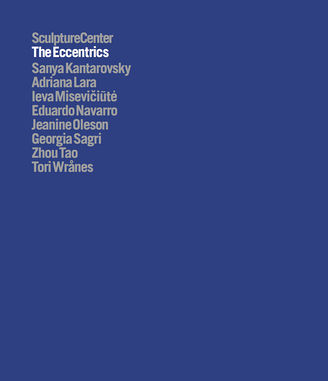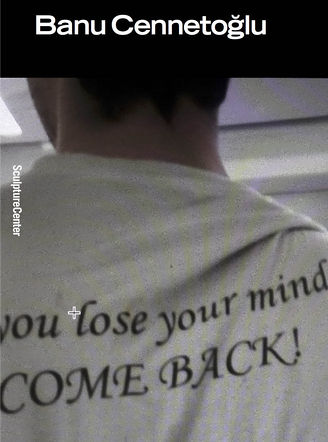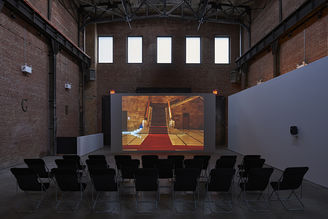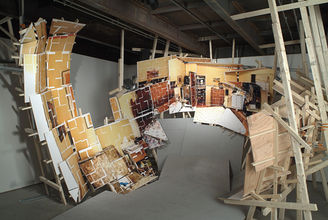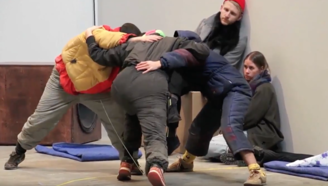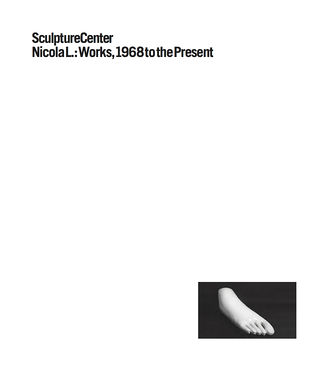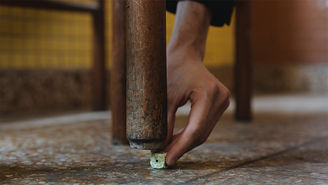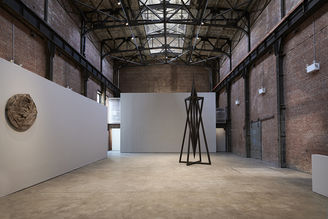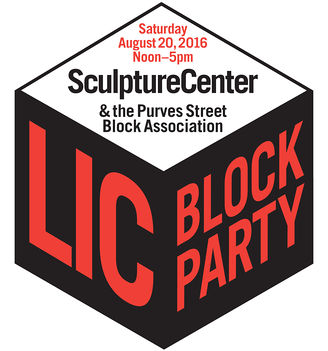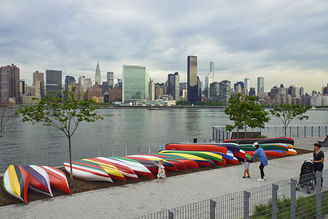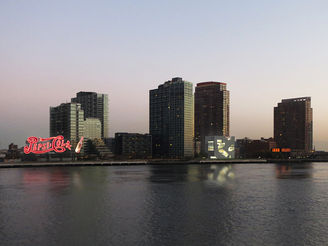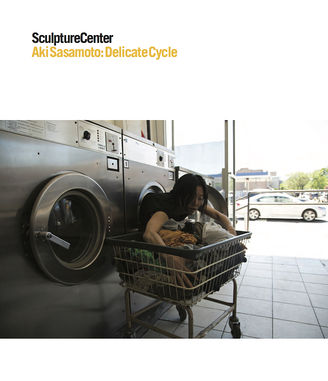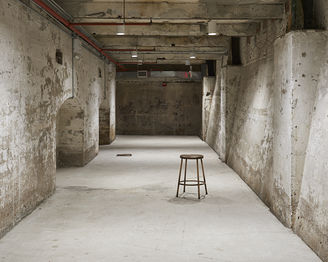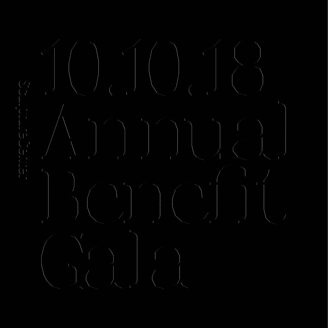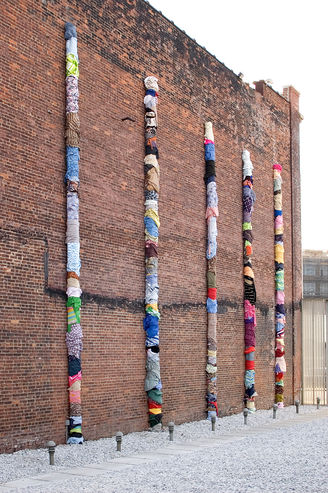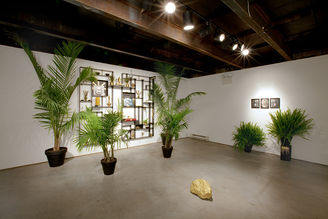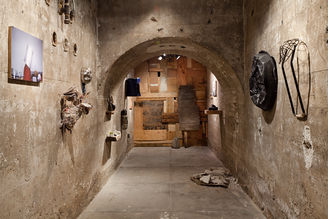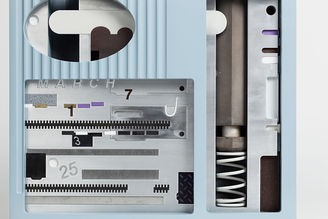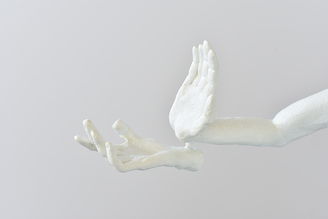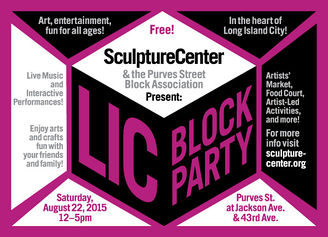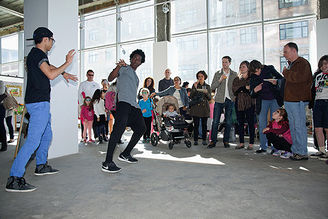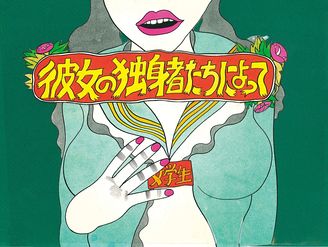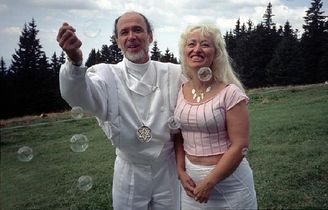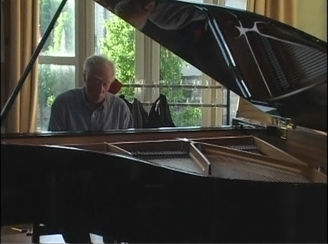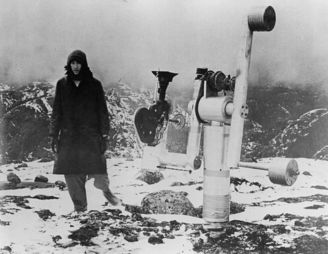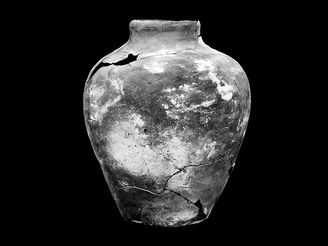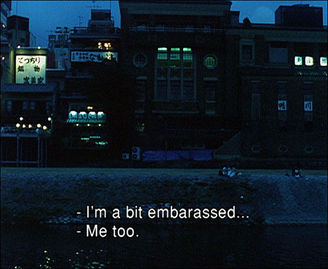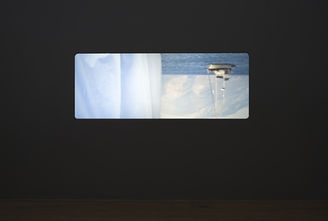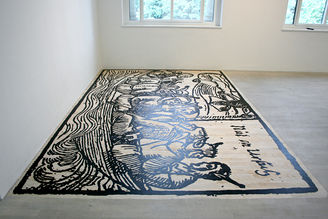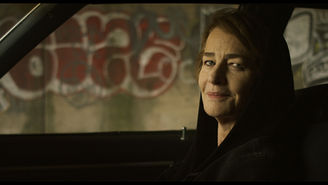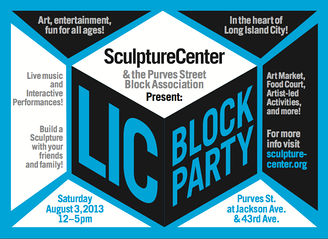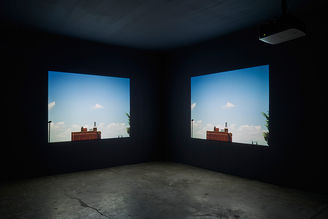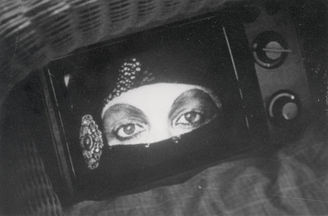Carissa Rodriguez:
The Maid
Carissa Rodriguez: The Maid
Jan 29–Apr 2, 2018
- Images
- Text
- Events
- Materials
- Press
- Sponsors
- Related
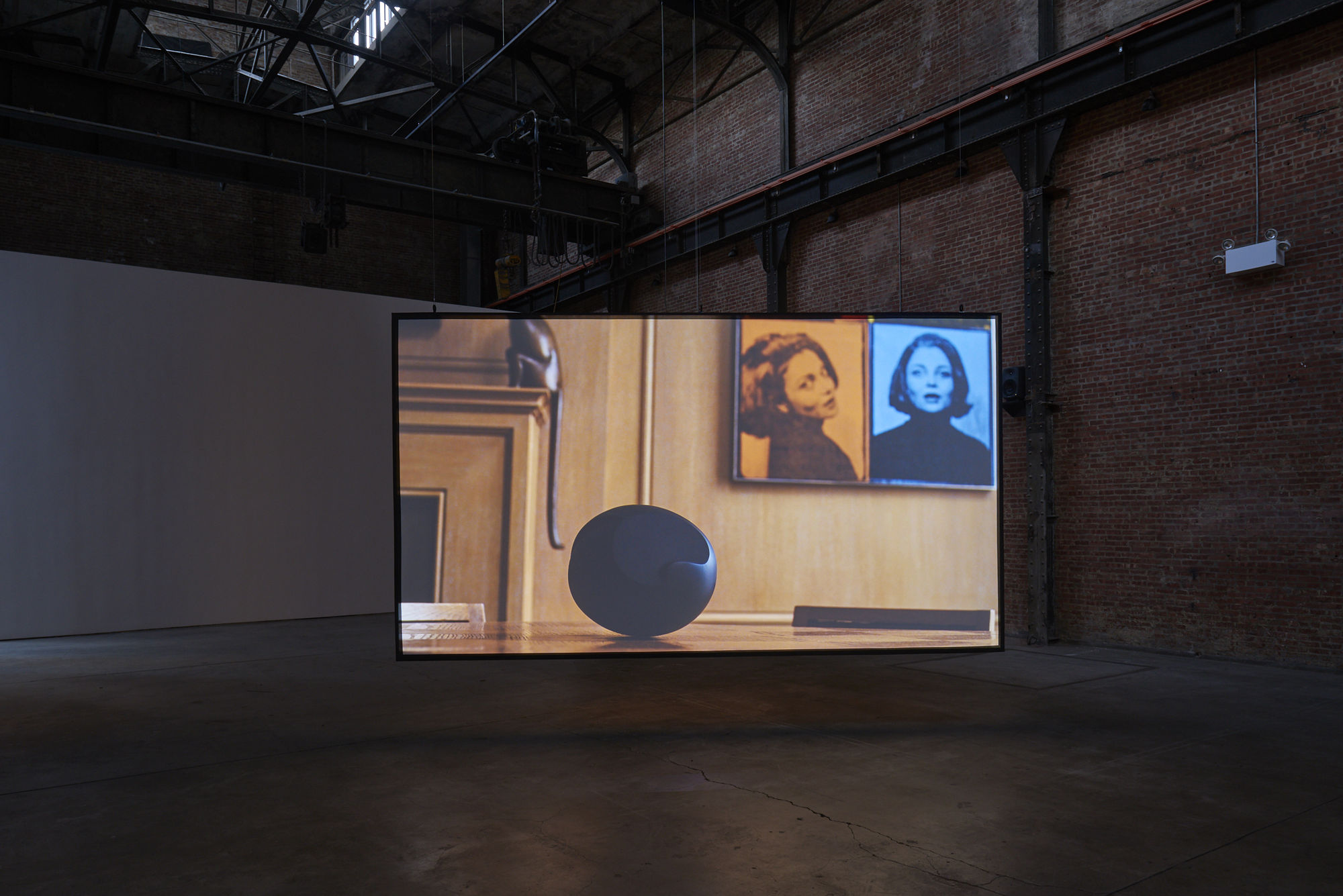
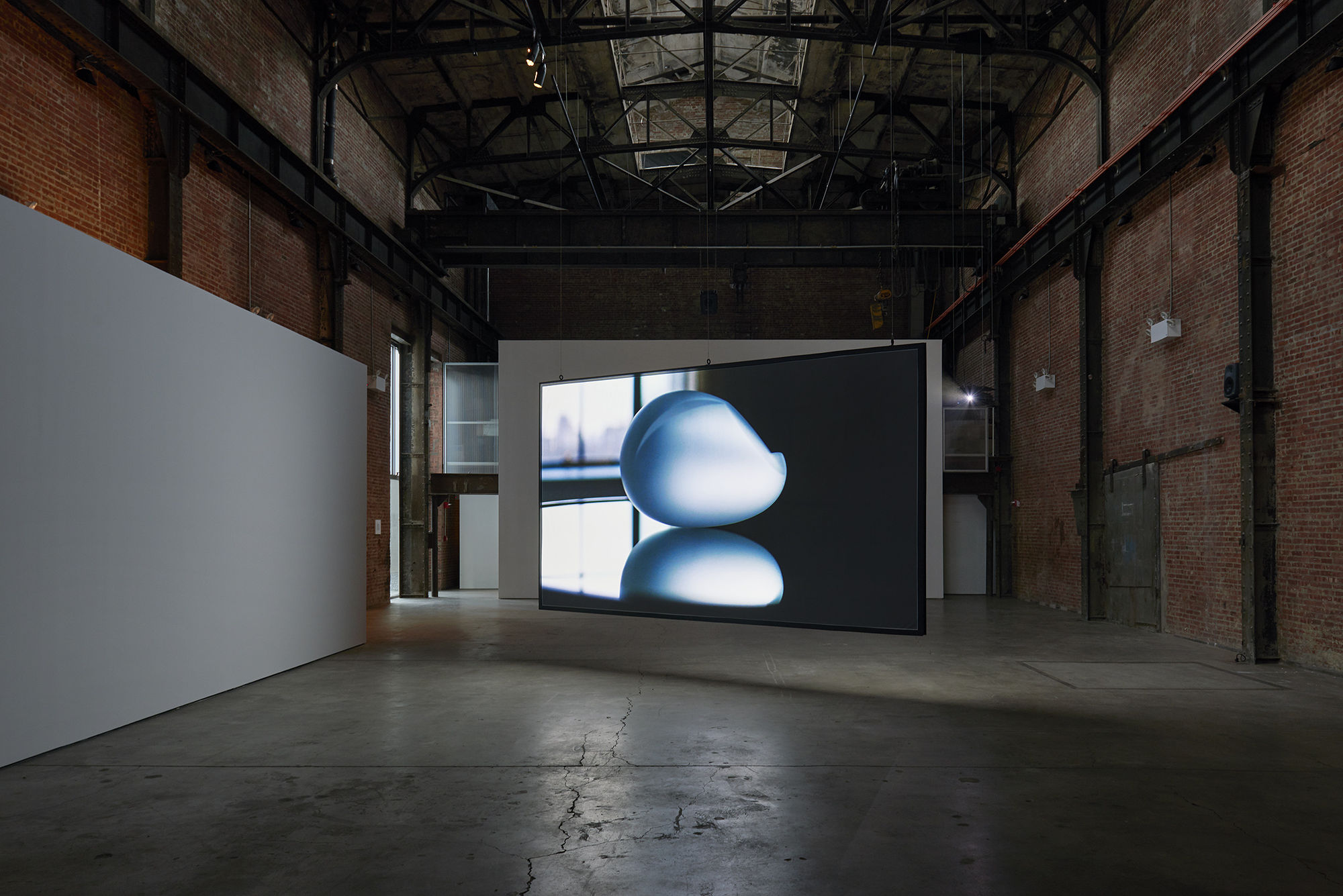
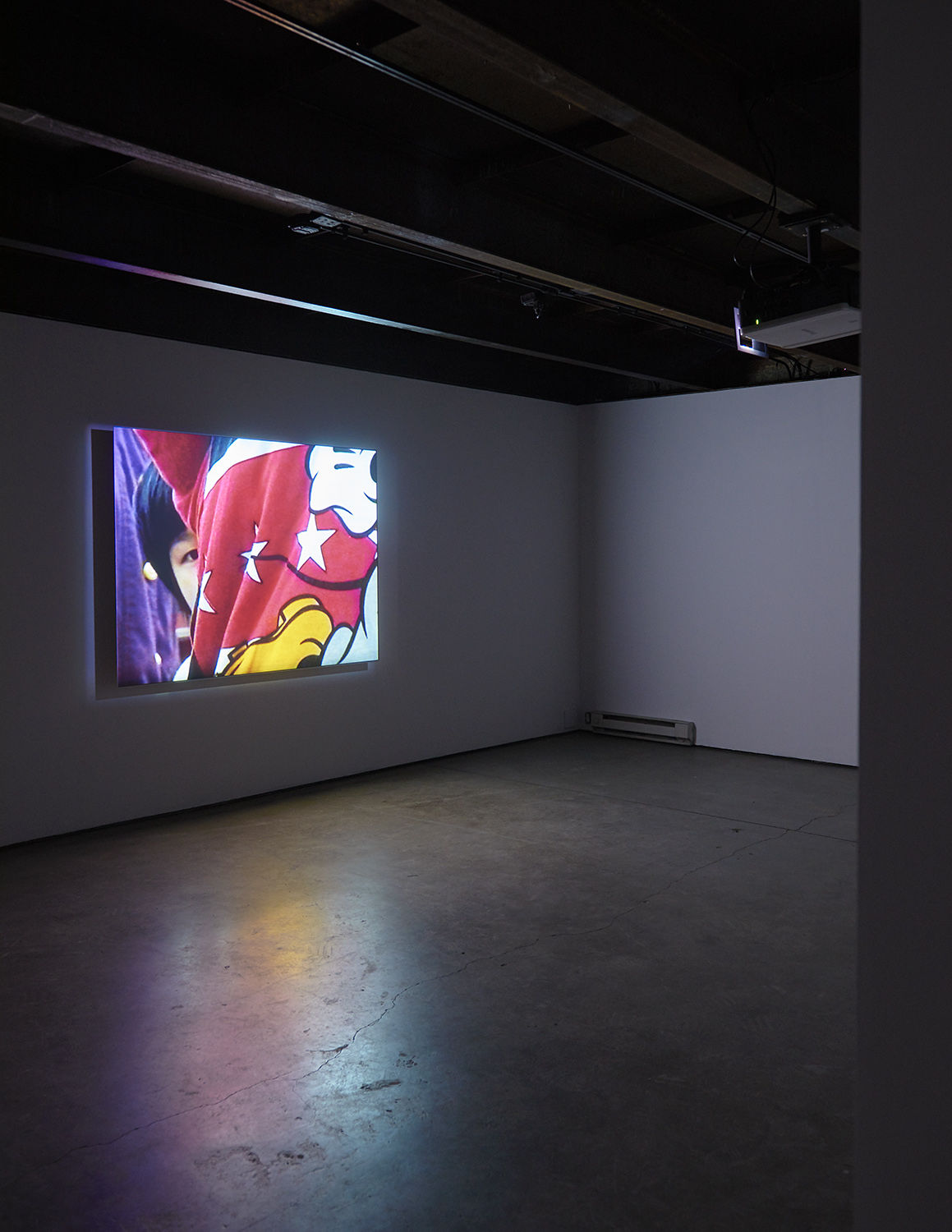
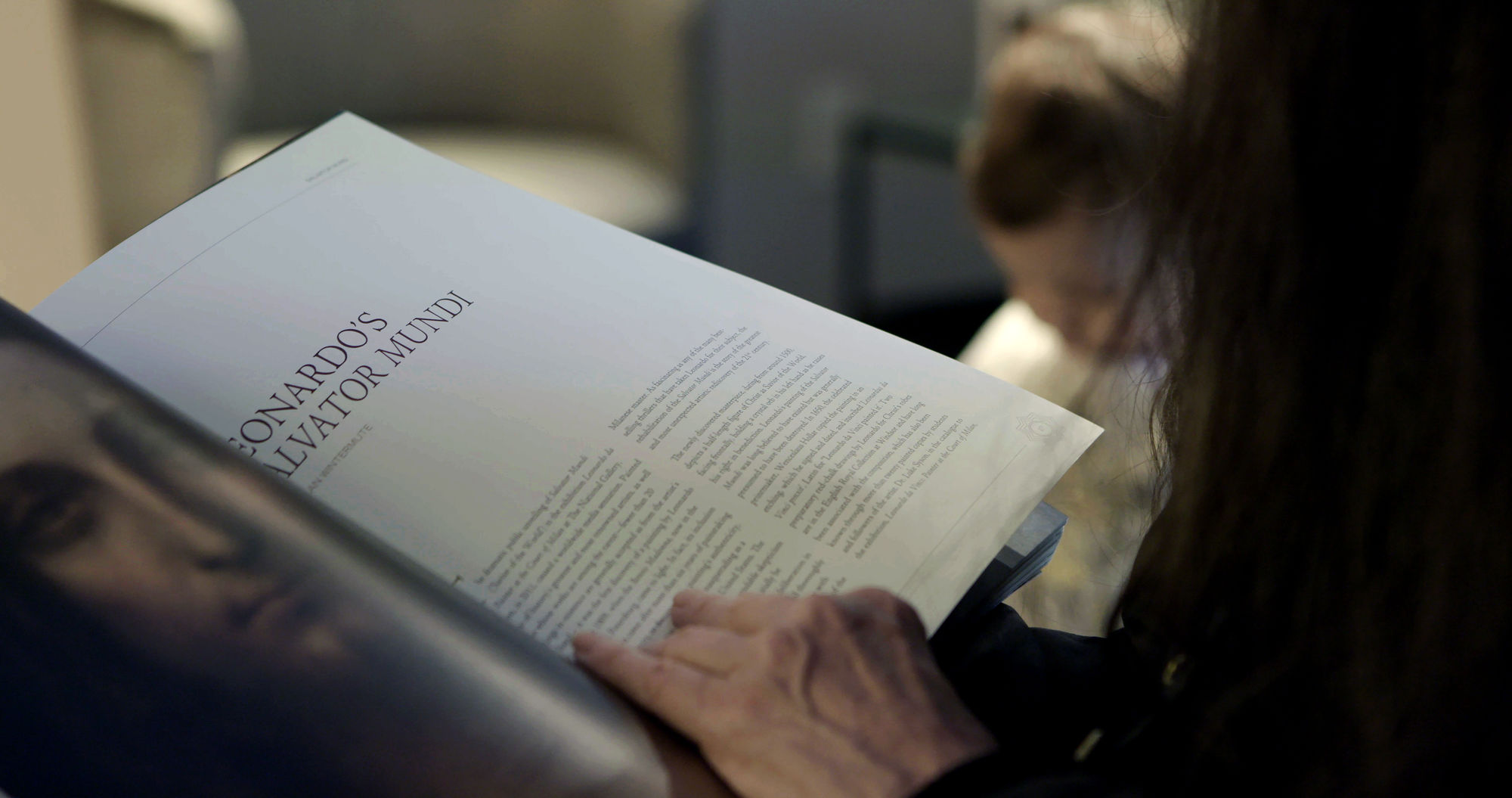
Carissa Rodriguez, The Maid, 2018, installation view, SculptureCenter, New York, 2018. 4K video with sound. 12:22 minutes. Courtesy the artist and Karma International, Zurich/Los Angeles. Photo: Kyle Knodell
New York City-based artist Carissa Rodriguez examines the material and social conditions in which art is produced and reveals how the canonical figure of the artist is reflected in—and reproduced by—the products of her labor. Rodriguez' solo exhibition at SculptureCenter features a newly commissioned video work titled The Maid, 2018, as well as additional newly produced video and photographic work.
The Maid follows a selection of American artist Sherrie Levine's Newborn sculptures throughout the course of a day in various residences, private and institutional, from New York to Los Angeles. Levine made the works in crystal and black cast glass in the early 1990s, molding them after Constantin Brancusi's marble and bronze sculptures of the same name from 1915 and 1920. By featuring not only Levine's sculptures, already appropriations of another artist's work, but also capturing their contemporary environments, Rodriguez engages the conditions and settings in which art circulates, proposing that the futures of artworks are inherently speculative.
Taking its title from a 1913 short story by Robert Walser about a devoted maid searching for a lost child who has been put under her care, the film similarly follows its subject toward a resolution that is more cyclical than gratifying. After searching around the world for the child for over twenty years, the maid in Walser's story finally finds her in Paris—and immediately dies from joy. The enigmatic story becomes a parable that frames the exhibition, as it tackles the complexity of care-based relationships forged through time, and follows Rodriguez' ongoing artistic exploration of subjecthood.
Another new work, The Girls, 1997-2018, revisits hours of Hi8 video footage captured in a Chinatown park in the 1990s, when Rodriguez moved to the neighborhood as an artist in her twenties. Catching the eye of several young girls playing outside, Rodriguez trains her lens on them for an extended duration. The Girls crystalizes the proto-digital era the artist was working in and casts the children—now young adults—as unwitting protagonists who mark the passage of time. The video further captures a moment in a neighborhood that has since undergone radical transformation by developers and real- estate markets, as well as a generation that was on the cusp of new technologies that would make the visual documentation of everyday life an integral aspect of living.
In addition, Rodriguez has produced a series of silver gelatin prints, All the Best Memories are Hers, 2018, which serve as "portraits" of embryos taken with an EmbryoScope. The resulting images are created from a hybrid of digital and analogue techniques. Whether used for assisted reproduction or stem-cell research, the embryo holds a legally fraught status between "person" and "property"as its regenerative potential is increasingly advanced by biotech industries.
Together, the works speak to notions of time: suspended, potential, and actualized. By placing technologically mediated biological time alongside the proposed eternal life of the art object, Rodriguez finds momentary intersections in the disparate qualities and conditions of human and non-human "life," renewing meaning in both.
Engaging the discourse of sculpture through the tools of cinema, The Maid follows the lives of 'related' artworks and recounts the conditional relationships between artist, artwork, and third-party agents (institution, caregiver, surrogate) in familial terms. Through this work, Rodriguez investigates how techniques of modern reproduction—both artistic and biological—are organized around property and kinship structures that are mediated through technology and the law.
Carissa Rodriguez: The Maid is the artist's first solo museum exhibition in New York City. The exhibition is curated by Ruba Katrib and is accompanied by a color publication with essays by Katrib and Leah Pires. The exhibition will travel to MIT List Visual Arts Center, Cambridge in spring 2018.
Carissa Rodriguez (born 1970 in New York City; lives and works in New York City) has exhibited in New York and internationally since the mid-1990s. Recent solo exhibitions include the CCA Wattis Institute, San Francisco (2016); Front Desk Apparatus, New York (2013); and Karma International, Zurich (2012).
Recent major group exhibitions include MEDUSA, Musée d'Art Moderne de la Ville de Paris (2017); Finesse, Wallach Art Gallery, New York (2016); the Whitney Biennial, New York (2014); Theater Objects, LUMA Westbau, Zurich (2014); Pro-Choice, Fri Art, Fribourg, Switzerland (2013); ProBio, MoMA PS1, New York (2013); White Petals Surround Your Yellow Heart, ICA Philadelphia (2013); and Demanding Supplies, Kunstraum Lüneburg (2011). Early in her career, Rodriguez exhibited at American Fine Arts, Co., New York (1999 and 1996), and between 1999 and 2004, her project The Stand in collaboration with Jodi Busby traveled to several institutions internationally.
Rodriguez received a BA from Eugene Lang College at the New School, New York in 1994, and attended the Whitney Independent Study Program in 2001. She was a core member of Reena Spaulings Fine Art, New York from 2004 to 2015. In 2013 Rodriguez was included in Better Homes at SculptureCenter, New York, curated by Ruba Katrib.
Sponsors
Carissa Rodriguez' video commission is underwritten by Valeria Napoleone XX SculptureCenter. Additional support for The Maid is provided by Barbara and Howard Morse, with in-kind support from Genelec.
SculptureCenter's exhibition, program, and operating support is generously provided by grants from the Lambent Foundation Fund of Tides Foundation; the Kraus Family Foundation; the A. Woodner Fund; Jeanne Donovan Fisher; the Seth Sprague Educational and Charitable Foundation; New York City Council Majority Leader Jimmy Van Bramer; and contributions from our Board of Trustees and Director's Circle. Strategic planning support is provided by the LuEsther T. Mertz Fund of The New York Community Trust. Additional funding is provided by the Milton and Sally Avery Arts Foundation and contributions from many generous individuals.
SculptureCenter's programming is supported, in part, by public funds from the New York City Department of Cultural Affairs in partnership with the City Council, an award from the National Endowment for the Arts, and made possible by the New York State Council on the Arts with the support of Governor Andrew M. Cuomo and the New York State Legislature.
About Valeria Napoleone XX SculptureCenter
Valeria Napoleone XX SculptureCenter (VNXXSC) is an ongoing initiative that supports the production of a major artwork by a female artist in a selected exhibition at SculptureCenter. It launched in September 2015 with the commission of Project for door (After Gaetano Pesce), 2015 - the centerpiece of the exhibition Anthea Hamilton: Lichen! Libido! Chastity!, for which Anthea Hamilton received the nomination to the Turner Prize 2016.
VNXXSC is part of Valeria Napoleone XX, an umbrella platform for projects and initiatives working towards increasing the recognition and validation of art practices by female artists through collaborations and partnerships with institutions and individuals in the world of contemporary art.



